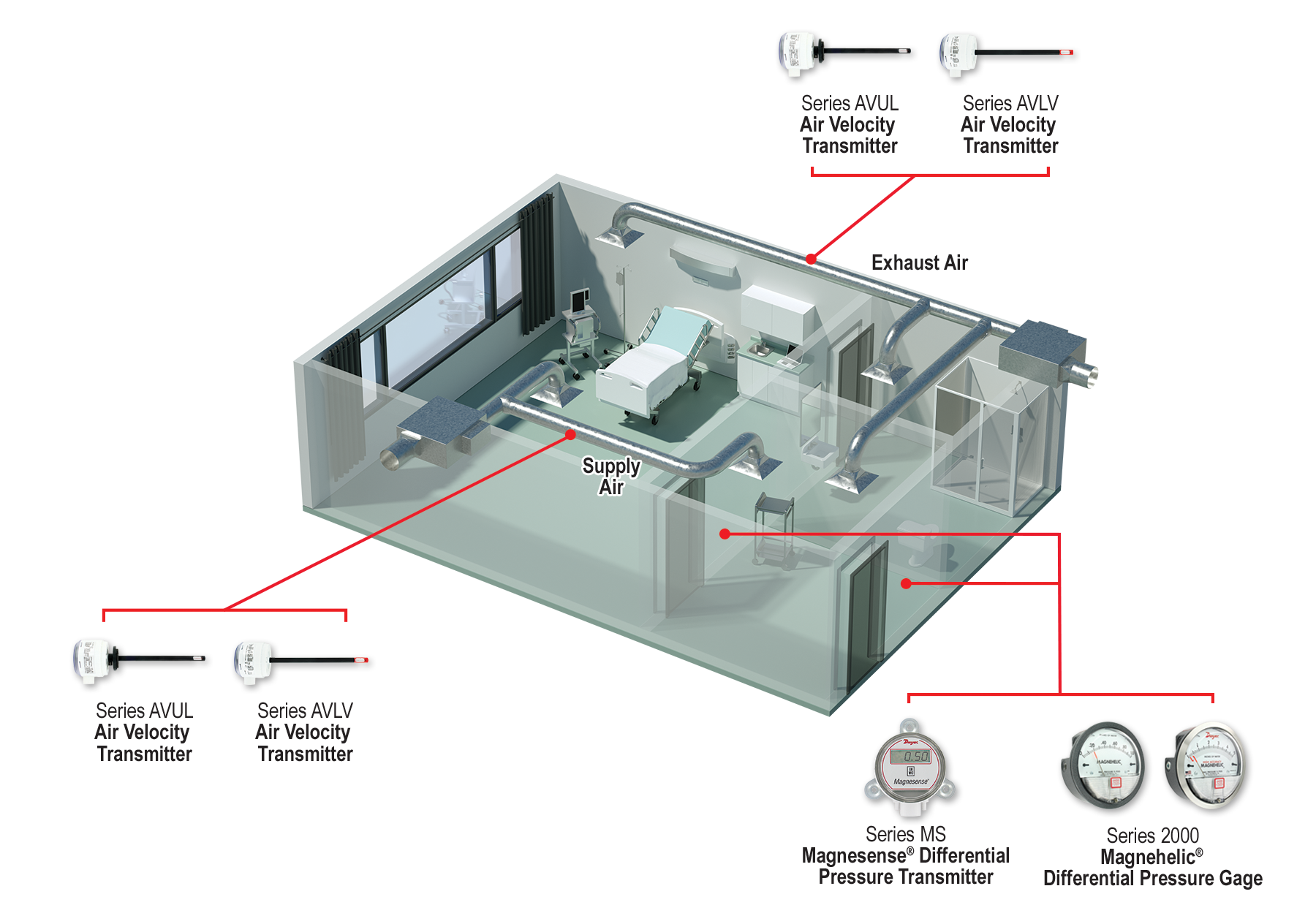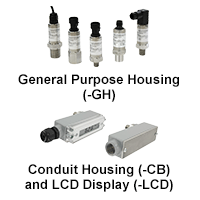 Irrigation is fundamental to the production of food all over the world. Most of us have seen the large center pivot systems used on many farms today, and there are a number of other technologies that are designed to deliver water to crops to allow them to flourish. Less prominent, however, are the systems that collect and deliver water to these irrigation systems to allow for crop growth. Continue reading “Well Water Monitoring for Irrigation Systems”
Irrigation is fundamental to the production of food all over the world. Most of us have seen the large center pivot systems used on many farms today, and there are a number of other technologies that are designed to deliver water to crops to allow them to flourish. Less prominent, however, are the systems that collect and deliver water to these irrigation systems to allow for crop growth. Continue reading “Well Water Monitoring for Irrigation Systems”
Dwyer vs COVID-19 | Monitoring Air Flow & Pressure in Hospitals
Dwyer is committed to aiding in the fight against COVID-19. We have several products that are used in hospitals and the production of ventilators. Ventilators are used to aid COVID-19 patients who have low oxygen levels, support their breathing, and bring oxygen levels to a safe range.

In addition, isolation rooms need to remain at specific pressures and air cycles, so as to not risk exposure of airborne contagions to other patients or healthcare professionals during treatment. Today we’ll be discussing some of the products that Dwyer manufactures that are used in these applications. Continue reading “Dwyer vs COVID-19 | Monitoring Air Flow & Pressure in Hospitals”
Life Amidst COVID-19
 A lot has changed over these past few weeks as the world has adapted to life amidst COVID-19.
A lot has changed over these past few weeks as the world has adapted to life amidst COVID-19.
Our healthcare workers have been doing an incredible job on the front lines. HVAC technicians and other workers in the trades are making sure essential systems are functioning properly. Even grocery stores have changed their hours and regulations in order to ensure safety for customers and employees alike. Continue reading “Life Amidst COVID-19”
Pressure Transducers vs. Pressure Transmitters
What are the differences between pressure transducers and pressure transmitters?
 Many readers have likely heard the terms transducer and transmitter used interchangeably without much confusion. When searching the internet for either term, search engines provide nearly identical results. Are there any differences? The short answer is “yes”. Continue reading “Pressure Transducers vs. Pressure Transmitters”
Many readers have likely heard the terms transducer and transmitter used interchangeably without much confusion. When searching the internet for either term, search engines provide nearly identical results. Are there any differences? The short answer is “yes”. Continue reading “Pressure Transducers vs. Pressure Transmitters”
Calibration Control Standards

Purchasing measurement and test equipment, such as the Series SAH SMART Air Hood® balancing instrument, in bulk or batches allows you to have a back up when the equipment you regularly use needs to be serviced, thus preventing down time. In some cases, purchasing large quantities of the exact same make and model may give users the idea that the performance of each unit can be checked by comparing one to another. Although direct comparison of similar units may be good to identify operational defects, direct comparison of units with the exact same make and model from the exact same batch / date code does not allow for detection of potential systematic errors in your product’s performance. Continue reading “Calibration Control Standards”




